Biotechnology Algotec and bioremediation
In this section, we want to tell you more about the process of cultivating chlorella, about our photobioreactors, and also about how chlorella affects the state of the reservoir
Biotechnology of chlorella cultivation
For this product, we have chosen a unique and most effective and safe strain - Chlorella Vulgaris GKO
This is already the 5th generation of planktonic strains, and with each new round of development, its properties are only improving. Our choice fell on this particular strain not by chance, because the distinctive properties of this strain can be called its planktonic nature and ability to productivity. The cell of this strain is able, under certain cultivation conditions, to divide 2 times a day into 4 and 8 cells, which can significantly accelerate the development of chlorella in the reservoir, capturing the habitat and displacing blue-green algae, thereby eliminating toxic blooms. Its planktonic nature is also important, since it is planktonic algae that are able to compete with cyanobacteria (blue-green algae)
In Algotec, one of the main products is a suspension of chlorella for the bioremediation of water bodies. This product is used in various freshwater aquaculture operations as a way to biologically intensify productivity, as well as a natural way to bring the water body back into its natural balance
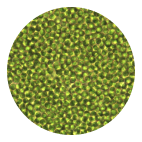
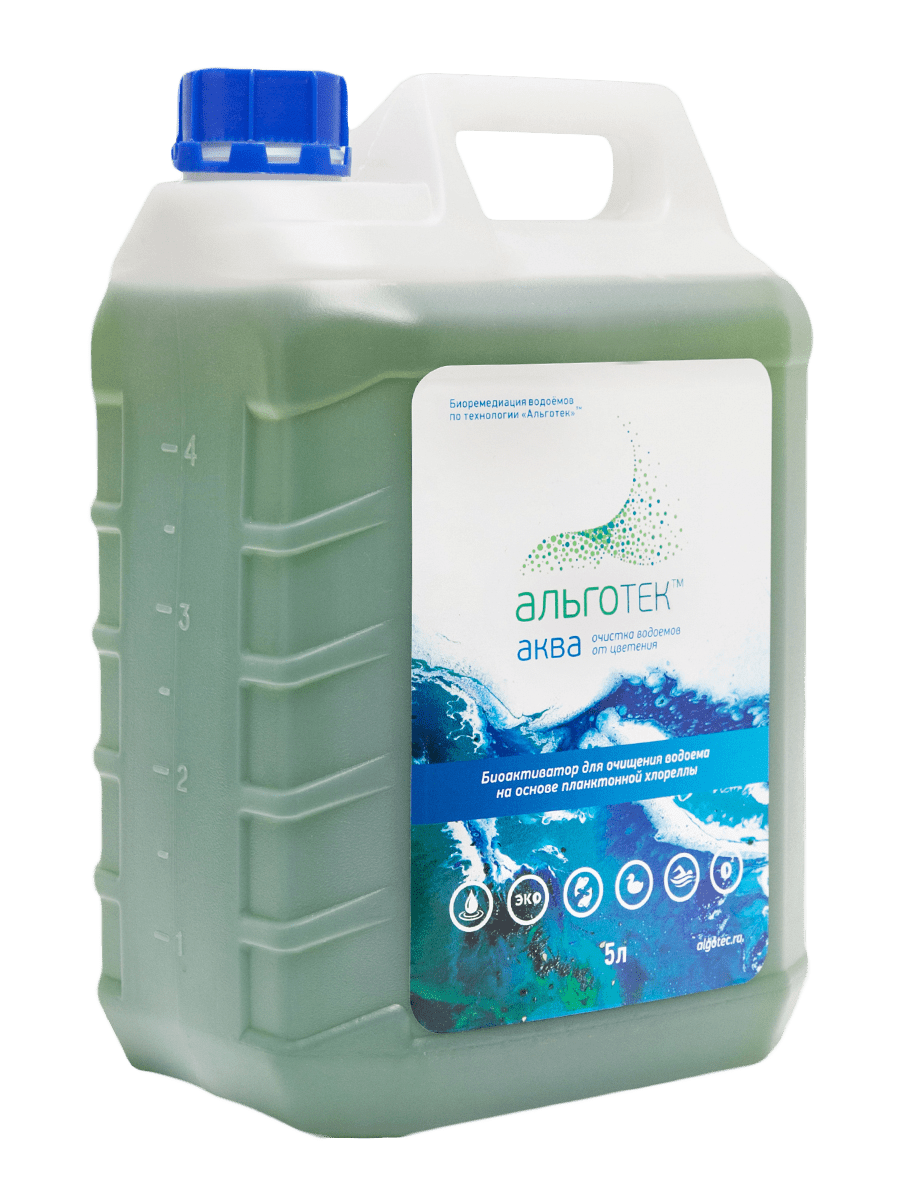
The collection of own strains (Chlorella Vulgaris GKO, Chlorella Sorokiniana AGT) is only part of the overall picture of chlorella production in Algotec. The process of strain cultivation is also due to the uniqueness of the approach to biotechnology. During cultivation not used industrial carbon dioxide. To create our product, we use basic macronutrients, mineral media (NPK nitrogen phosphorus potassium) and a fermented organic substrate (source of CO2) with a complex of beneficial lactobacilli, which allows you to get closer to the natural conditions for the development of algae in a pond.

Verified parameters, cell growth influencing (light, temperature, dosages, mixing frequency, etc.) allow to achieve the maximum productivity of the strain without losing the quality and properties of live chlorella.
At the moment, Algotec is the sole owner of patents for the biotechnology of production, as well as for all produced strains of chlorella.
At the moment, Algotec is the sole owner of patents for the biotechnology of production, as well as for all produced strains of chlorella.
Automatic cultivation system
The biotechnology process control system is equipped with remote access to change culture parameters from anywhere in the world.

The production process of biological products is extremely complex. In order to avoid the “human factor” in this process as much as possible, we have fully automated our photobioreactors using a system of sensors and controllers, which is based on proprietary software
The system is completely autonomous and works based on the set parameters. The parameters are software-based and allow you to set various cultivation conditions: temperature, switching on and off of various systems, dosages, mixing frequency, etc.
Algae are susceptible to temperature changes. Powerful LED lamps are equipped with liquid cooling, which protects them from overheating.


This provision, like the reactors themselves, is a patented technology owned by Algotec
Bioremediation
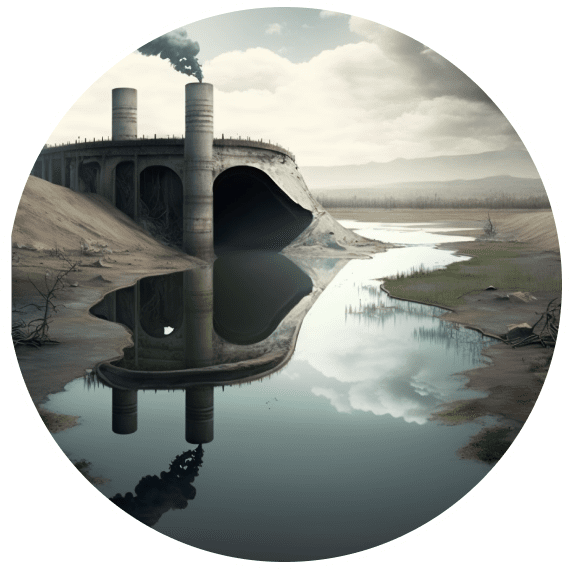
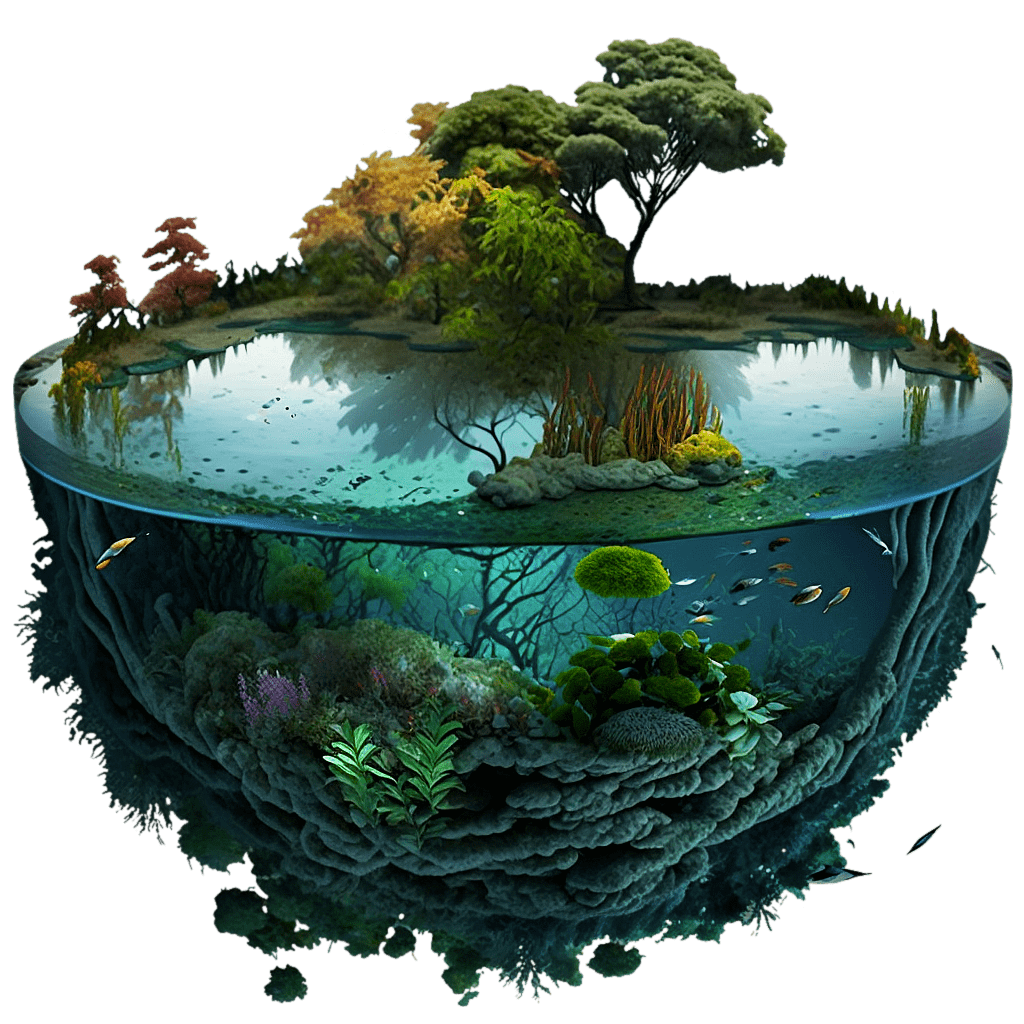
If some component parts do not work well, other parts of this whole take on a share of their work. Therefore - the ecosystem is very stable, balanced, is in homeostasis, as ecologists say.
Ecosystem (from the Greek oikos - house, place, dwelling and systema - association) - a set of organisms and inorganic components in which the circulation of matter can be maintained.
The reservoir as an ecosystem shows a clearly defined unity of structure and functioning. It is possible to characterize a reservoir simply as: a river, a pond, a lake, a sea. And more difficult - as an ecosystem.
When, due to anthropogenic impact on the reservoir, the natural biocenosis is disturbed, the development of blue-green algae begins, which leads to a violation of the hydrochemistry of the reservoir and toxic blooms. This is where Algotec's chlorella comes to the rescue.
Biocenosis is a set of plants, animals and microorganisms that inhabit a given area of bland or a reservoir, and are interconnected in certain relationships with adaptability to environmental conditions. In order to achieve a balance of all components of the biocenosis, it is necessary to connect them with food chains for the absorption of one species by another, with subsequent decomposition and conversion of organic substances into inorganic ones, affecting the increased growth of algae.
Violation of the biocenosis in a reservoir can be due to various factors, but most often this is a consequence of the anthropogenic impact on the reservoir, in other words, the influence of human action on the environment.
Thanks to the planktonic properties of the Chlorella Vulgaris GKO strain, it manages to displace blue-green algae from the habitat, stop the flowering of the reservoir and return the biocenosis to balance. When chlorella is introduced into the reservoir, the mass development of blue-green algae does not occur, since chlorella has time to assimilate the nutrients necessary for their development and take a dominant position in the surface layer of water, which has maximum illumination
Innovative technology Algotec
Chlorella is a safe and effective way to get rid of flowering and does not harm the reservoir, helping to restore the natural biocenosis
Reduces sludge by 20%
Does not require additional equipment and infrastructure
Increases O2 levels and reduces CO2 emissions
Regulates the microbiome of the reservoir - inhibits pathogenic bacteria and stimulates the development of beneficial bacteria
Reduces water pollution class
Suitable for both small ponds and reservoirs. Increases fish productivity in aquaculture ponds
Absolutely safe for any organisms
Solves problems in a complex: water purity, “blooming”, ecosystem restoration
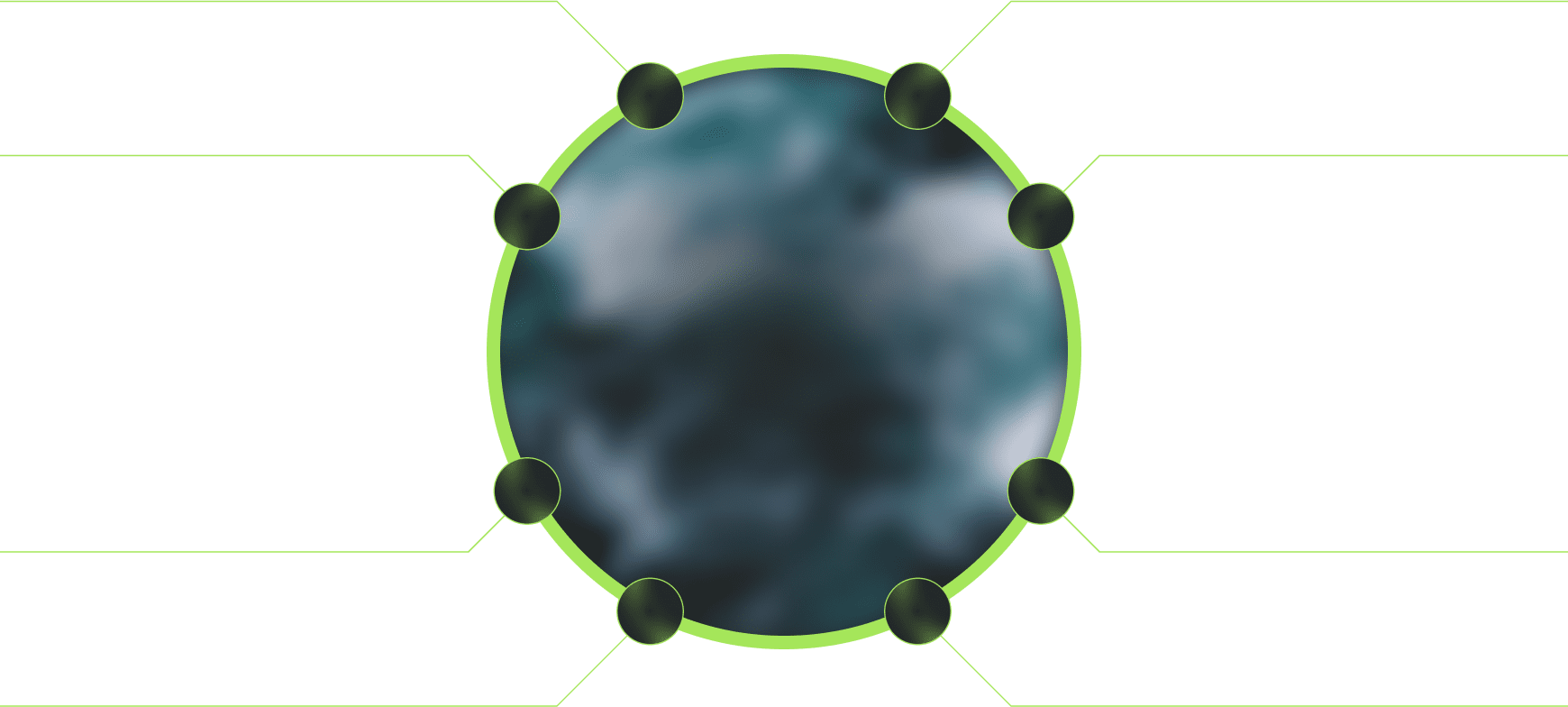
Innovative technology Algotec
Chlorella is a safe and effective way to get rid of flowering and does not harm the reservoir, helping to restore the natural biocenosis
Reduces sludge by 20%
Does not require additional equipment and infrastructure
Increases O2 levels and reduces CO2 emissions
Regulates the microbiome of the reservoir - inhibits pathogenic bacteria and stimulates the development of beneficial bacteria
Reduces water pollution class
Suitable for both small ponds and reservoirs. Increases fish productivity in aquaculture ponds
Absolutely safe for any organisms
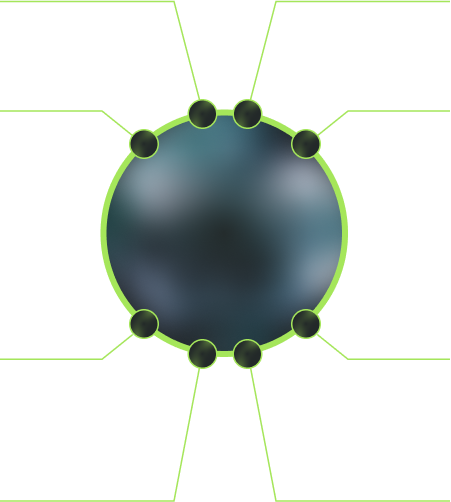
Solves problems in a complex: water purity, “blooming”, ecosystem restoration
The suspension must be introduced into the reservoir, evenly distributed over the entire area of the reservoir (preferably), 6-10 points of application on the shoreline of the reservoir are sufficient, depending on the area of the reservoir.
The technology for using chlorella suspension in pond fish farms is determined by the parameters of the reservoir - the type of fish, water hydrochemistry, climatic zone, etc. The frequency of application (from 3 suspension applications per 1 growing season), as well as the need for fertilizer application, remain unchanged. For each reservoir, the dosage and composition of mineral fertilizers is determined separately
Positive influence on water condition
If you follow the application technology prescribed individually for each client, you can expect the following effects:
Application and effects on aquaculture in open ponds
How it works
The productivity of pond-type fisheries depends on stocking densities, climatic zones, and species composition of fish. An important role in the process of growing fish is played by zooplankton, which is a food base for predatory fish species. Chlorella stimulates the development of zooplankton, being food for consumers. By increasing the natural food supply, you can increase stocking densities without wasting fish.
The productivity of pond-type fisheries depends on stocking densities, climatic zones, and species composition of fish. An important role in the process of growing fish is played by zooplankton, which is a food base for predatory fish species. Chlorella stimulates the development of zooplankton, being food for consumers. By increasing the natural food supply, you can increase stocking densities without wasting fish.
increasing the level of dissolved oxygen in the water





improvement of hydrochemical indicators of water
improving aquaculture productivity
increasing in survival and stress resistance to external factors by improving the immunity of aquaculture
decreasing in feed ratio
The technology of using a concentrated suspension of chlorella for closed water supply installations and cage fish farms is different from the technology of using a suspension, primarily by the application method. The concentrate is applied directly to the feed, using a sprayer 15-30 minutes before feeding. It is necessary to allow the product to soak into the feed to better fix the chlorella cells on the feed. Recommended dosage is 10 mg per 1 kg of dry food.
Application of concentrate in feed for mariculture and in RAS
Most of the fresh water used in the cultivation of microalgae is returned back to natural sources and reservoirs, which makes the process of creating a suspension more environmentally friendly
